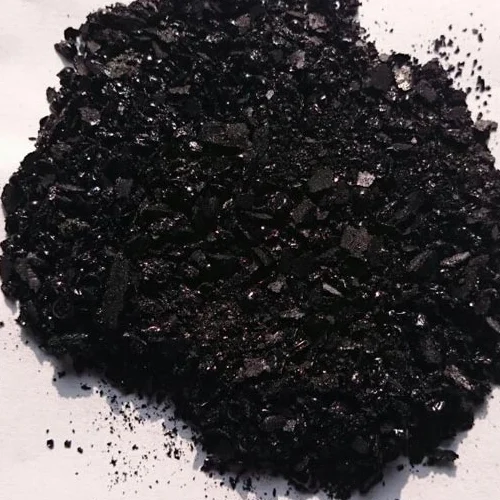natural indigo pigment
The Allure of Natural Indigo Pigment
Natural indigo pigment has a rich history that intertwines with various cultures and economies across the globe. Derived from the leaves of the indigofera plant, this deep blue dye has been cherished for centuries, valued not just for its color but also for its cultural significance and ecological benefits.
The Allure of Natural Indigo Pigment
Indigo’s unique color stems from the compound indigoidin, which undergoes a complex chemical process known as fermentation to yield its vibrant hue. Unlike synthetic dyes, which can have negative environmental impacts, natural indigo is biodegradable and non-toxic, making it a more sustainable choice for dyeing textiles. This eco-friendly aspect has led to a resurgence in interest, with artisans and designers seeking to incorporate natural indigo into modern fabrics and clothing lines.
natural indigo pigment

Moreover, the aesthetic appeal of natural indigo lies in its depth and ability to create various shades ranging from soft pastel blues to deep navy. This versatility allows it to be used in a multitude of applications, from clothing to home décor, and even in art. Crafting textiles with indigo dyeing techniques, such as shibori or tie-dye, reveals unique patterns that tell stories of tradition and craftsmanship.
In recent years, there has been a growing movement favoring artisanal and organic practices. Many contemporary designers are now looking to reconnect with traditional dyeing methods, fostering a deeper appreciation for the craft. Workshops and community initiatives are promoting education on natural dyeing, ensuring that these traditional methods are passed down through generations.
In conclusion, the allure of natural indigo pigment extends beyond its stunning color. It embodies a blend of history, culture, and environmental consciousness. As interest in sustainable practices continues to rise, natural indigo remains a testament to the beauty of nature's offerings and the enduring human connection to textile arts.
-
Sulphur Black Dyes in Daily Use
NewsMay.07,2025
-
Indigo Dyeing for Daily Life
NewsMay.07,2025
-
Indigo Dye Production and Its Growing Demand
NewsMay.07,2025
-
Color That Lasts
NewsMay.07,2025
-
Bromo Indigo for Modern Use
NewsMay.07,2025
-
Blue From Nature
NewsMay.07,2025
-
The Timeless Color in Fashion and Textiles
NewsApr.10,2025

Sulphur Black
1.Name: sulphur black; Sulfur Black; Sulphur Black 1;
2.Structure formula:
3.Molecule formula: C6H4N2O5
4.CAS No.: 1326-82-5
5.HS code: 32041911
6.Product specification:Appearance:black phosphorus flakes; black liquid

Bromo Indigo; Vat Bromo-Indigo; C.I.Vat Blue 5
1.Name: Bromo indigo; Vat bromo-indigo; C.I.Vat blue 5;
2.Structure formula:
3.Molecule formula: C16H6Br4N2O2
4.CAS No.: 2475-31-2
5.HS code: 3204151000 6.Major usage and instruction: Be mainly used to dye cotton fabrics.

Indigo Blue Vat Blue
1.Name: indigo blue,vat blue 1,
2.Structure formula:
3.Molecule formula: C16H10N2O2
4.. CAS No.: 482-89-3
5.Molecule weight: 262.62
6.HS code: 3204151000
7.Major usage and instruction: Be mainly used to dye cotton fabrics.

